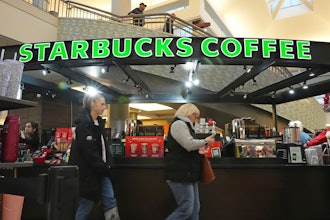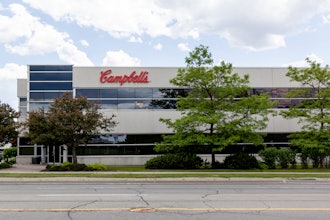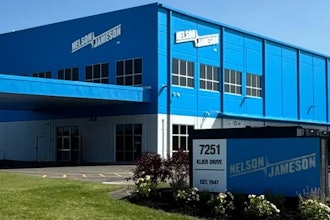
Raw materials in food production come with short shelf lives and quality sensitivities. Flour, sugar, oils, fruits, dairy, and spices all degrade at different rates and under different conditions. A bag of flour sitting too long in storage could impact texture; oil can go rancid; fruit has days, not weeks, to be processed.
To prevent spoilage and production delays, food manufacturers need reliable methods for tracking expiration dates, lot numbers, and supplier information. But equally important is aligning raw material purchasing with production schedules. Without proper material planning, manufacturers risk either tying up cash in excess stock or running out of critical ingredients mid-production.
Tracking raw material costs
Food production margins are notoriously slim, and ingredient costs can fluctuate dramatically due to seasonality, supply chain disruptions, or global commodity pricing. Tracking raw material costs in real time allows manufacturers to understand how changes in input prices affect profitability.
For example, if dairy prices rise, a company making yogurt or cheese must quickly evaluate whether product pricing, supplier contracts, or batch sizes need adjustment. By linking cost data to inventory and production, manufacturers can calculate the true cost of each recipe or batch — not just in theory, but based on actual purchase prices and yields.
Finished goods and perishability
Once raw materials are transformed into finished goods, the clock is still ticking. Whether it’s bottled beverages, frozen meals, or packaged snacks, each product has a best-before or expiration date. Managing finished goods requires strict oversight of shelf life, storage conditions, and distribution timelines.
This is where material planning ties closely to sales forecasting. A strong inventory system links expected demand with production capacity, ensuring finished goods are produced in the right quantities and shipped before they age out. Overproduction leads to waste; underproduction means missed sales opportunities.
Lot and batch tracking for safety and compliance
Food safety regulations such as the FDA’s Food Safety Modernization Act (FSMA) in the U.S. and similar global standards require precise traceability. Lot and batch tracking ensures that every ingredient and every finished product can be traced back to its source.
This becomes critical in the event of a recall. If a contaminated ingredient is discovered, manufacturers need to quickly identify which batches were affected, isolate them, and provide accurate information to regulators and customers. Without proper batch tracking, recalls can spiral into costly, reputation-damaging disasters.
Reporting and insights
Beyond day-to-day operations, inventory reporting provides insights that drive better decision-making. Reports on inventory consumption, spoilage, order fulfillment, and stock valuation help managers spot inefficiencies and forecast future needs.
For example, identifying which raw materials frequently expire helps avoid overbuying. Recognizing which finished products sell fastest during certain months enables smarter seasonal planning.
With the right reporting, inventory can become a source of strategic advantage instead of a source of uncertainty and concern.
How MRPeasy supports food inventory management
For small and mid-sized food and beverage manufacturers, MRPeasy offers an ERP system designed to unify these inventory and production challenges in one place. It brings together material planning, cost tracking, production control, and traceability into a single, easy-to-use platform. Here’s how:
Raw materials. MRPeasy tracks ingredient shelf life, supplier lots, and FIFO or FEFO rotation, ensuring fresh inputs and minimizing spoilage.
Material planning. Built-in material requirements planning and master production schedule features link sales forecasts to production schedules and purchasing. Manufacturers know exactly what to buy, in what quantities, and when.
Raw material costs. Real-time cost tracking calculates the actual cost of recipes and batches, giving manufacturers transparency into margins and helping them react quickly to price fluctuations.
Finished goods. Automated stock monitoring and expiration date tracking help maintain healthy turnover and prevent expired goods from accumulating in the stockroom or, even worse, reaching customers.
Lot and batch tracking. Every input and output is recorded, enabling full traceability for safety, recalls, and regulatory compliance.
Production reporting. Real-time shop floor data collection and manufacturing order reporting provide insights into labor costs, yields, scrap, and performance. Managers can spot inefficiencies, improve processes, and align actual results with planned production. Finished batches and used ingredients are automatically recorded, providing you with an always up-to-date overview of your inventory.
Analytics and insights. MRPeasy’s reporting tools make it easy to evaluate stock movements, production efficiency, and demand trends, supporting smarter business decisions.
By connecting material planning, cost tracking, production reporting, and traceability, MRPeasy gives food manufacturers complete visibility into their operations.
Find out more at www.mrpeasy.com.























